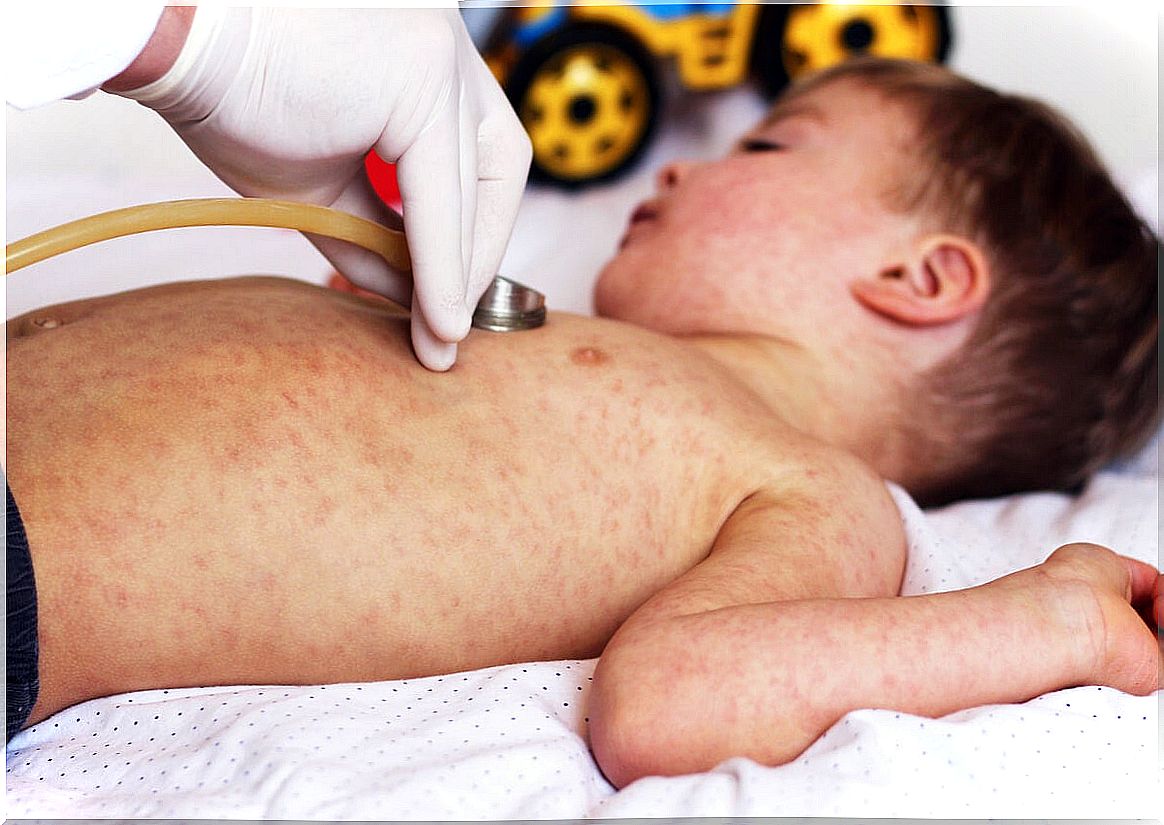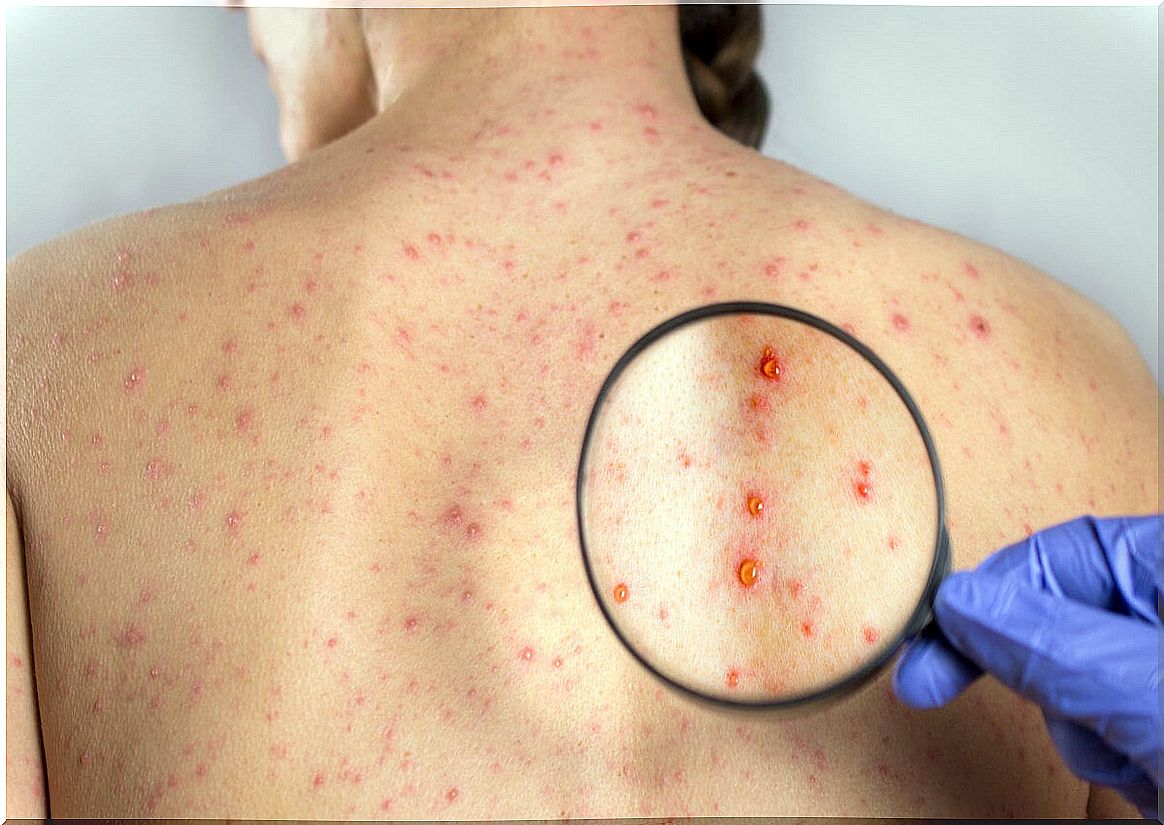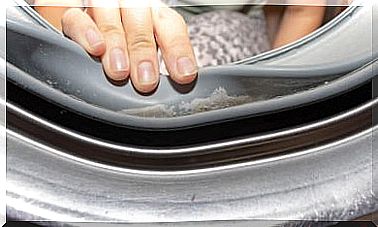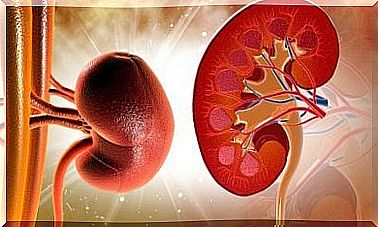Rubella Vaccine: Everything You Need To Know
The rubella vaccine exists on the market for purchase and placement, as well as being part of the official calendars of several countries for free administration. Its importance is out of the question and therefore is key in public health approaches.
Rubella is an infectious disease caused by the rubella virus, a pathogen belonging to the Matonaviridae family . Due to its epidemiological importance, the World Health Organization (WHO) estimates that more than 250 million people are vaccinated against this pathology in America alone.
Despite the fact that it is an infection that usually occurs mildly in children and adults, during pregnancy it poses a considerable risk of spontaneous abortion and death of the fetus. Therefore, here we tell you what the rubella vaccine is and when its application is necessary.
What is rubella?
As we have already said before, rubella is an infectious disease of viral origin. Several studies show us data that show the clinical importance of the disease. Some of them are the following:
- In the 1964-1965 epidemic, more than 20,000 children were born with birth defects due to rubella in the United States.
- In this same interval, more than 10,000 abortions occurred in infected mothers.
- For this reason, the WHO considers this disease the first cause of childhood congenital defects preventable by vaccination.
According to the Mayo Clinic, the signs and symptoms of rubella are difficult to diagnose due to their mildness. The patient may experience a low fever, rash, nausea, and mild conjunctivitis, although some infected do not even develop signs.
Contagion between adults and infants is through direct contact with the mucous membranes or sputum of the infected individual. On the other hand, from mother to child it is transmitted transplacentally – through the bloodstream.

What vaccines exist to deal with this disease?
As the Centers for Disease Control and Prevention (CDC) tells us, the rubella vaccine is usually given as part of a combination vaccine called MMR. This triple viral form (MMR or SRP) is a cocktail of three attenuated viral components.
In this way, the immune system is allowed to prepare and act effectively against measles, mumps and rubella. It is solved with a combined application which would result in multiple injections.
On the other hand, there are also monovalent vaccines, that is, unique for the pathology. Be that as it may, it is an immunization without serious adverse effects, with an efficacy of 95% after the single dose.
Who should get the rubella vaccine?
The HealthyChildren organization tells us that the rubella vaccine should be given during childhood. For the highest possible degree of immunity, it is necessary to distribute your dose in two events. These are as follows:
- First dose: 12 to 15 months of age.
- Second dose: four to six years of age.
This is the ideal scenario, but in countries where the sanitary structure is deficient, a primary effort is usually made to vaccinate all persons under 40 years of age. If this is not possible, priority should be given to women of childbearing age.
According to WHO files, at least 80% of the population must be immune to rubella so that those who cannot be vaccinated can be indirectly protected. This generates a high non-susceptible group.
Who should not get the rubella vaccine?
First of all, it is essential to emphasize that vaccination is a citizen obligation on the part of any healthy individual. This is not a choice, but a responsibility.
Unfortunately, there are certain sectors of the population that cannot be vaccinated against rubella. Sources already cited above collect the following exceptions:
- The use of the vaccine should be avoided in people who have a history of severe allergic reactions to MMR.
- Pregnant women cannot get the rubella vaccine. This will be administered after the mother gives birth.
- The people with weakened immune system, either by infections such as HIV or treatments like chemotherapy, should avoid this type of vaccinations.
There are other exceptions, but they vary from case to case and are usually temporary in nature. Unless a medical professional advises otherwise, getting vaccinated against any disease is always the best option.

Possible side effects
According to the Spanish Association of Pediatrics (AEP), adverse effects are rare and mild. Mild fever or measles may appear between 5 and 15 days after vaccination, although this clinical picture resolves on its own.
Coagulation disorders or some episode of swelling also occur in the patient. Although they are very strange side effects.
Rubella vaccine to protect pregnant women
As we have seen, the application of the MMR vaccine is essential whenever the health of the infant or adult allows it. Thanks to it, the incidence of diseases such as measles has dropped to 1% in those societies where the vaccine is administered in a general way.
Although rubella is a mild infection in children and adults, fetuses of pregnant women are in serious danger if they are exposed to the pathogen. Therefore, it is a citizen obligation that all together we avoid its expansion.








